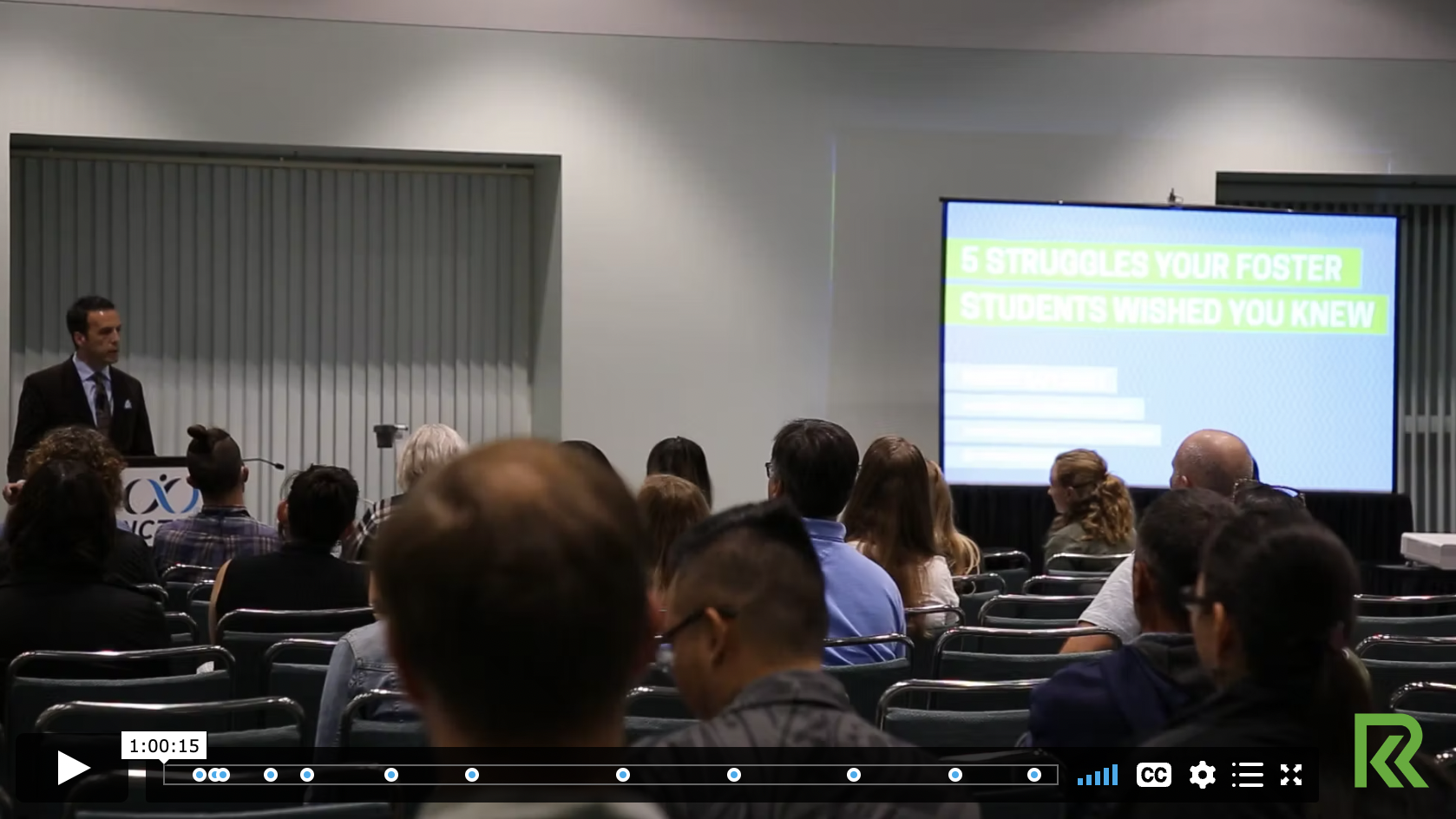Math Is Trending!
I presumed it was an excellent day when I saw that math was trending on Twitter until I saw some of the responses and that the overall math message was lost in the problem that was trending.
It definitely got an exchange going. But I think it was the wrong discussion.
The internet had blown up with the following problem.
So What Happened?
Let me show you. Below are the answers people were getting.
Option A has people using the order of operations. Option B has people distributing before diving because of the parenthesis around 4.
Popular Mechanics held a poll of the answers. 61% felt the answer was 1 and 39% felt the answer was 16.

The problem with this expression wasn’t that there were two different outlooks on how to solve it. The problem here is that mathematicians wouldn’t actually write it this way. They would use parentheses to clarify if they wanted the multiplication or division to be solved first. The vagueness should have been the debate.
So why didn’t elementary teachers pick up on that?
I think it boils down to the arbitrary rules we follow in math. I taught fifth grade the longest out of all the other grade levels I was in. I am familiar with the Order of operations common core standard. Here’s my concern with that standard, in no way, are teachers asked to look into what it is, why it works, and when it doesn’t work. There are plenty of programming languages and other types of notation systems that don’t follow PEMDAS. Are teachers and students aware of that? Or are we just giving students a bunch of rules to blindly follow?
Math teachers need to understand WHY they’re teaching something not just HOW to solve it.
Where Is Aunt Sally In All Of This?
This is how the Order Of Operations is currently taught in math classrooms.

Teachers use the acronyms PEMDAS (US version), BEDMAS (Canada version), or BIDMAS (UK version).
These mnemonic devices are very misleading. Elementary teachers will fight with me to the death saying “Students need this to learn the order” “It’s the only way they remember it” “The kids find this easier” etc
On the other hand, MANY upper-grade teachers state that students still don’t get this correct and how it doesn’t always work.
When you are literally writing PEMDAS, and visually the M comes before D that’s what kids remember. It’s not likely that they remember whichever one in the expression comes first. When I was looking at the adult responses to the math problem above. There were quite a few stating that M comes before D because that’s how they remembered it.
Research shows that this Aunt Sally nonsense (or Mnemonic) has actually harmed kids more than help them.
It may help students get through YOUR grade level, but there is no depth in understanding. Students don’t need a mnemonic sequence they need to know what is actually going on here. They need to know that the order of operations is useful in arithmetic and algebra, but there are areas of mathematics where this isn’t necessarily the case. Common Mistakes In Teaching Elementary Math And How To Avoid Them
So How Should You Actually Teach Order Of Operations?
I get it. The order of operations is still a standard we need to cover. So how do you approach it? It’s essential to look at why it exists and why it’s listed in that order. It’s no longer good enough to say, “That’s what mathematicians decided long ago.”
The order of operations exists for two reasons. ( 1 ) To be able to write down the same expression in different ways (2) so that everyone will arrive at the same answer.
Sure we typically talk about the reasons above with our students. Then show them a bunch of steps for students to follow so they could see that it’s true. It’s essential to keep in mind that our pedagogical shift is to have students not think of math as a series of steps to follow.
The reasoning of the order works is because a higher level of operations takes precedence over lower levels ones. So what does that mean?
The shorthand (condensed) of operations comes first, for example:
- Parenthesis is the note from the mathematician to solve this first.
- Exponentials are just grouped multiplication, so that takes precedence over multiplication.
- Multiplication is just grouped addition or shorthand of addition, so that takes precedence over addition.
- When all the exponential terms are out of the way, you are just left with a bunch of numbers that are added together.
- The rules stated above are the same for division and subtraction. Since division is shorthand for repeated subtraction.
- Now if several operations are on the same level or have equal precedences such as division and multiplication, then they should be solved from left to right.
If we are teaching what higher levels of operations are and how they supersede other levels, students will understand this concept better.

Aunt Sally no longer needs to be involved in math. Let’s remove her from the equation.
Want to check out more?
MEMBERSHIP SITE:
https://zennedmath.com/online-courses/
FACEBOOK GROUP: Zenned Math Teachers
https://www.facebook.com/groups/zennedmathteachers/
YOUTUBE CHANNEL: Zenned Math
https://www.youtube.com/channel/UC5njH_5LoK6G67BvZecGfnw?
WANT ME IN YOUR INBOX? Sign up for my newsletter
https://view.flodesk.com/pages/5efc876dcaabca0028b95eb5
DISCLAIMER: Some links included in this blog might be affiliate links. If you purchase a product or service with the links that I provide, I may receive a small commission. There is no additional charge to you!
